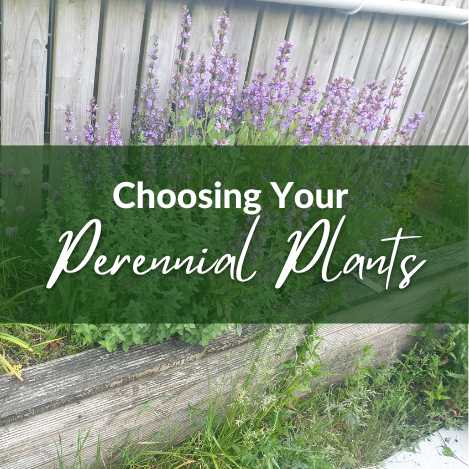When choosing perennial plants it is very important to consider how long it will take to get a harvest. Don’t forget to only grow food that you like or you know you can trade.
It is important when planting edible perennials to consider how long it takes to get a harvest. Vegetables, Herbs, and Berries will produce within the same season or the next.
Fruit Trees may take 3 years if you buy a 2-year-old bare root. Nut trees may take from 6, but normally around 10 years to bear fruit. It can take longer if the conditions are not right.
For some fruit and nut tree varieties, you will have to plant in pairs close by to ensure pollination. Some, like Papaya, need a male and female variety.
To complicate matters a bit more plants like kiwi can have 4 or 5 females per male also. This is where working with an experienced designer when designing your perennial system can really help you avoid making these mistakes and potentially wasting years of growing.
There are 5 types of Perennial edibles we can grow:
-
- Vegetables
- Herbs
- Shrubs / Berries
- Fruit Trees
- Nut Trees
- We also must consider flowers and support species.
Perennial Vegetables
Perennial vegetables are a great addition to your garden and you will get a crop in the same season with a mix of these. Some perennial vegetables like Asparagus will not give you a harvest until the 2nd year. Rhubarb is a great perennial vegetable and I like to grow that in my fruit tree guilds.
Some great examples include:
Rhubarb, Asparagus, Chives, Garlic Chives, Jersulam Artichoke, and Egyptian Onion.
Herbs

Herbs are great for an immediate impact in your garden. You can pick them up at very reasonable prices at the store.
They propagate really easily from cuttings. You can also grow from seed. They add a very nice aesthetic to the garden, provide good medicinal benefits, and have some great aromas in the garden.
Examples: Lavender, Mint, Rosemary, Thyme, Sage.
Berries
These are a great way to get fruit quickly. My 3 favorites are:
Strawberries – varied climates, taste great. You can harvest before they go red to beat the birds
Raspberries – try fall varieties like Autumn Gold which are delicious. Raspberries will send up new shoots every year which can be dug up and sold.
Blueberries – make sure to plant plenty of varieties and get there early to beat the birds.
Others to include are currants, blackberries, and beauty berries. Plant a large variety of berries so you can be harvesting fruit throughout the growing season.
Read more about Berries: https://vinepermaculture.com/berries/
Fruit Trees
Buy 2-3 yr old bare-root trees, you may have to sacrifice the fruit for a few yrs to establish good roots. In an urban setting buy dwarf rootstock to limit the size of the trees or prune normal trees vigorously every year.
We can also grow espalier style in limited spaces.
Consider dwarf rootstock or prune heavily in urban environments to avoid the use of ladders or machinery to harvest the fruit. The below video is from Stefan Subkowiak and how he uses “tree trios” in his permaculture orchard. I would recommend his channel for all things permaculture orchard related.
Popular fruit trees are Apple, Pear, Peach, Plum, Cherry, Apricot.
Nut Trees
This is definitely an investment in the future. Nut trees take a long time to bare fruit. Pine nut trees can take 6 to 10 years to produce nuts.
When they do produce however nuts are high in fat in protein and store very well. This can be a very lucrative crop to have and is well worth the investment, especially in larger properties.
Consider hazelnuts for a food hedge. Others are Chestnut, Pine nuts, Almonds, Pecans.
Learn how to propagate nut trees in smalls spaces with Edible Acres: https://youtu.be/sO5ETzQqttg
Flowers and Support Species e.g. Nitrogen Fixers
Don’t forget to include perennial and annual flowers for pollinator attractors and to provide a nice aesthetic in your garden. If including flowers in the guild, they should flower at the same time as the fruit where possible.
It is important to consider nitrogen fixers in your garden design. These plants take nitrogen from the air and put it in the soil, which our other plants can utilize for feed. It is recommended to plant 1 nitrogen-fixing perennial for 2 edible trees.
When growing edible perennials it is important to consider space within time. For example whilst your nut trees are growing it can be possible to grow annuals in the space available until the nut tree reaches a sufficient size where growing annuals under it is no longer possible.
Continue reading: Guilds, layers and functions: https://vinepermaculture.com/guild-layers-and-functions/.



